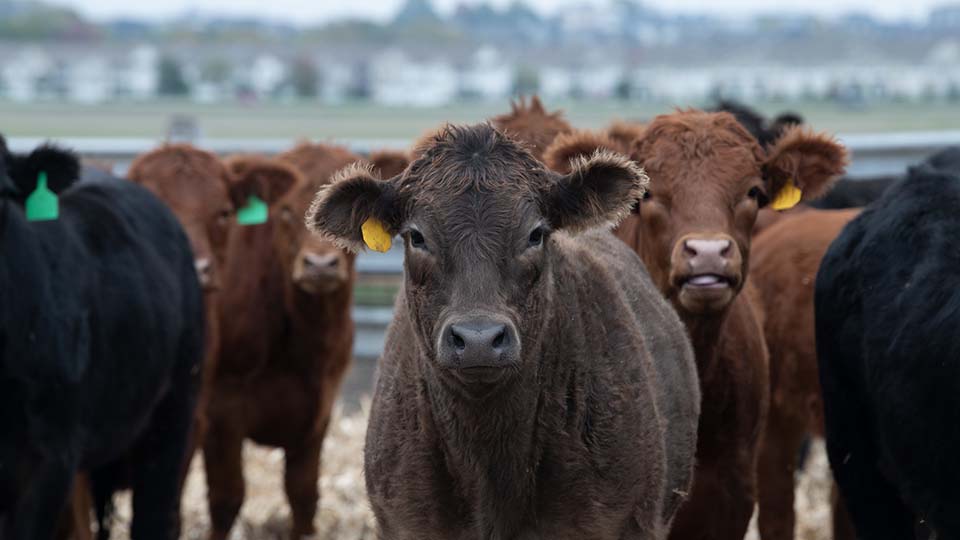Is Agriculture a Major Contributor of GHG Emissions?

Livestock and agriculture are often cited as being large contributors of greenhouse gas (GHG) emissions, especially methane. Although agriculture is definitely a contributor of GHGs, the data is often misleading -- especially when looking at agriculture in developed countries.
-
Some sources use a lifecycle approach to calculate the emissions from agriculture, but only use direct, or tailpipe emissions, when calculating vehicle emissions. The different approaches will produce drastically different numbers. Based on direct emissions, livestock contribute ~5%, and transportation contributes ~14% of the global GHG emissions.
-
GHG emissions per unit of production decrease as production efficiencies improve (e.g., GHG emissions/gallon of milk). Developed countries typically have much higher production efficiencies than developing countries.
-
Methane (CH4) has a short life-span (~10 yrs). The carbon in methane produced by cows is part of a big cycle. The carbon in a plant to CH4 to CO2 back into a plant. As long as the number of cows/ruminants stays the same, the amount of CH4 in the atmosphere will stay the same.

